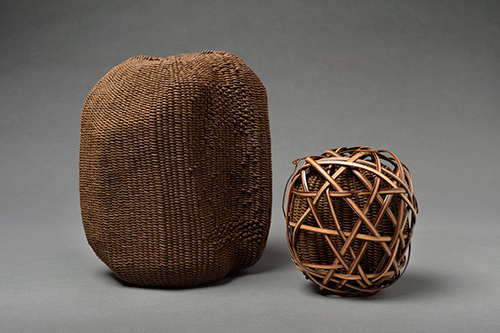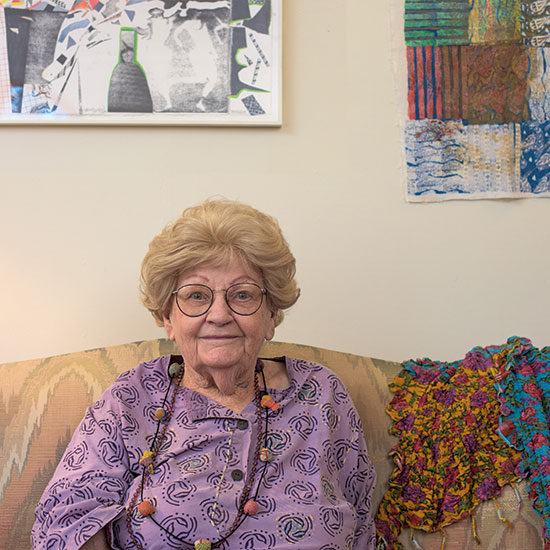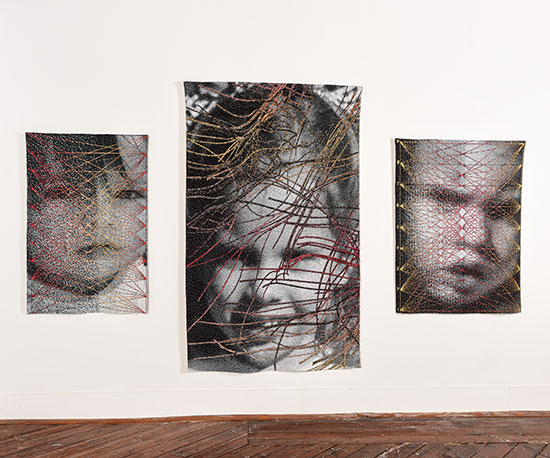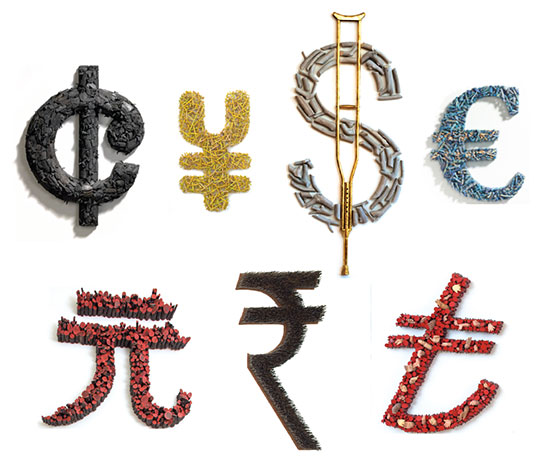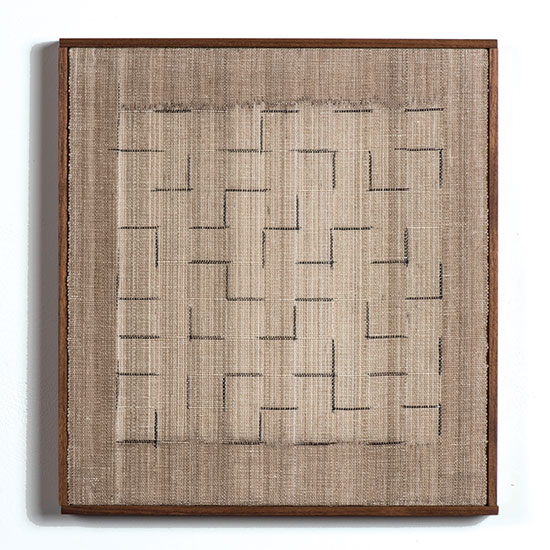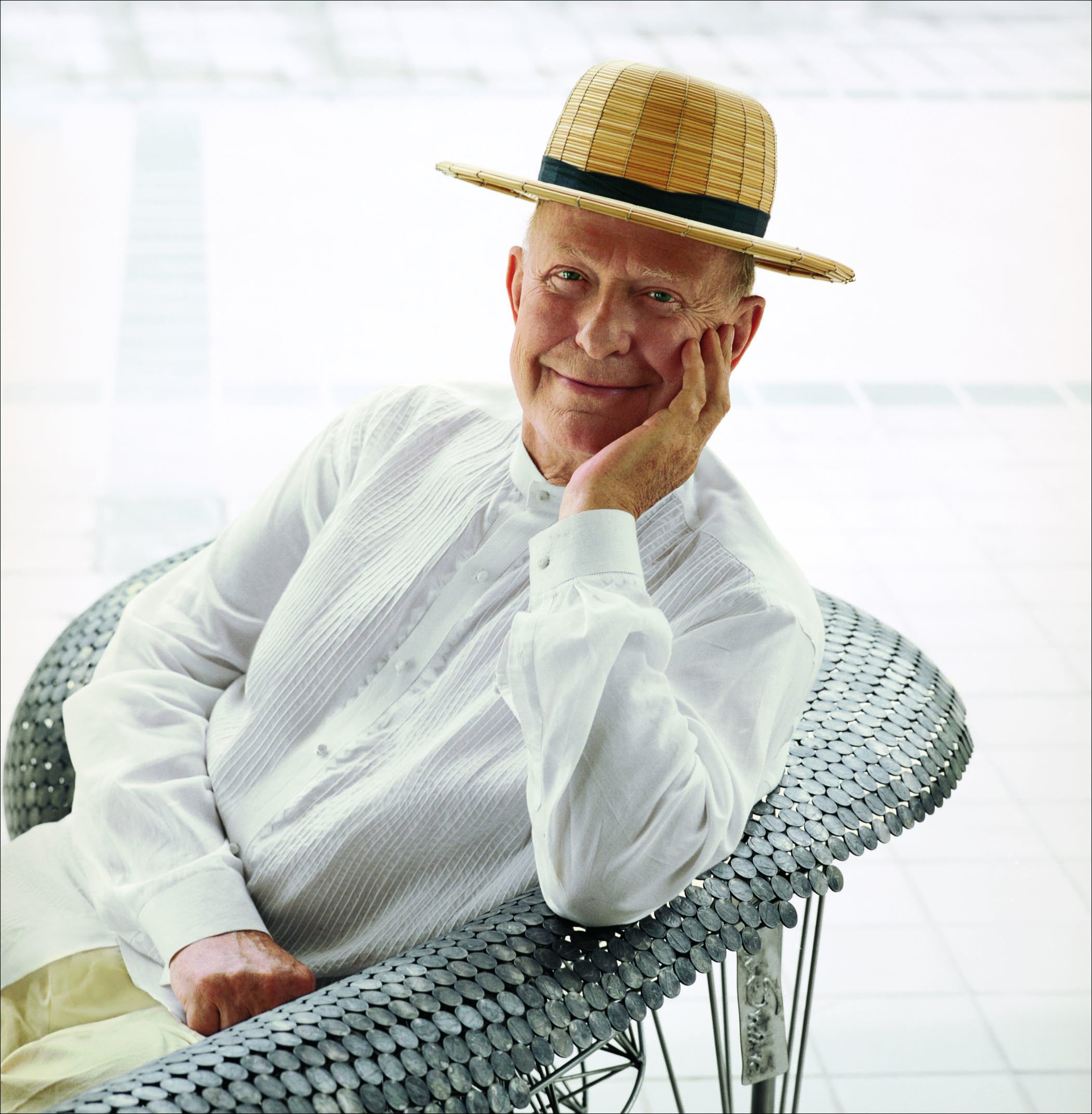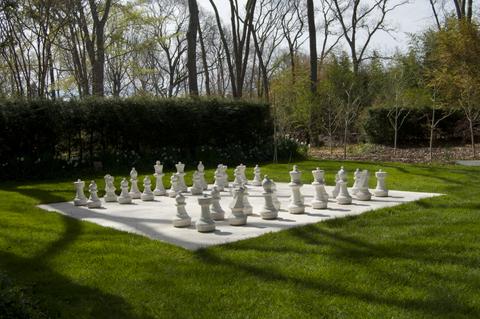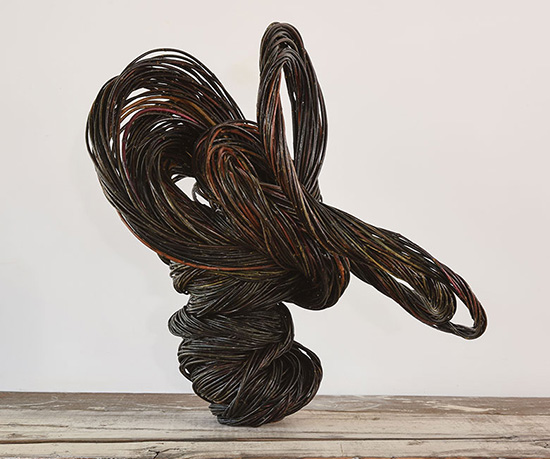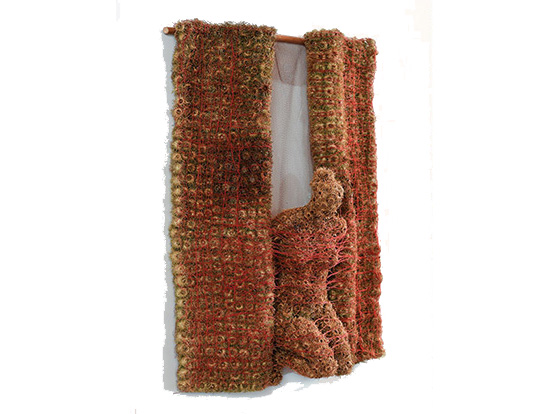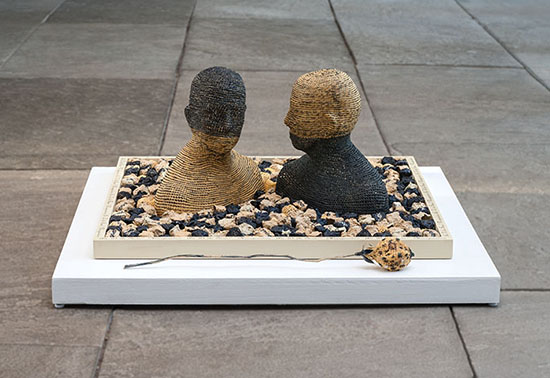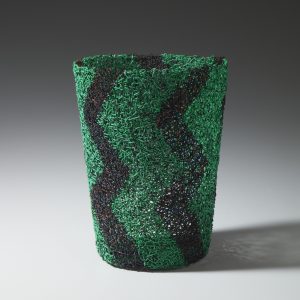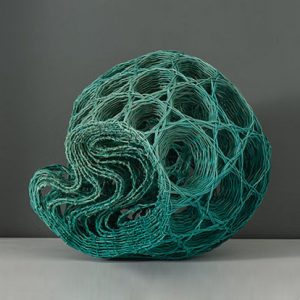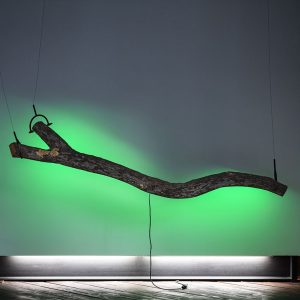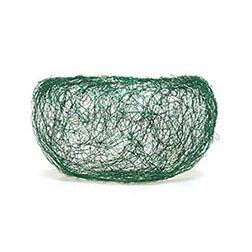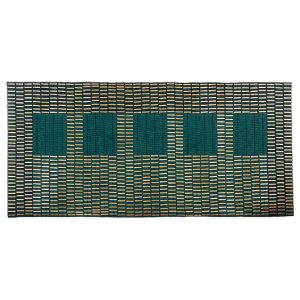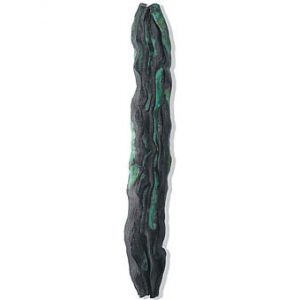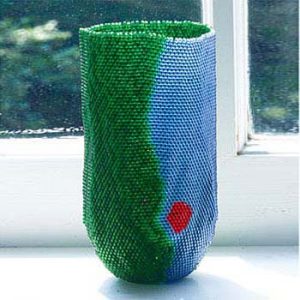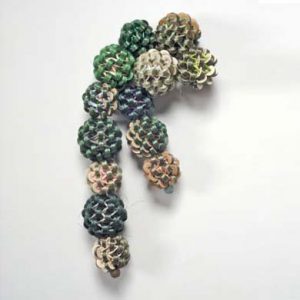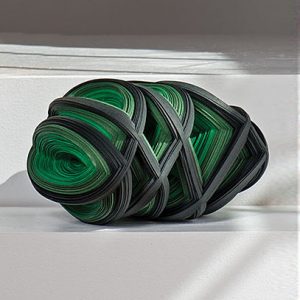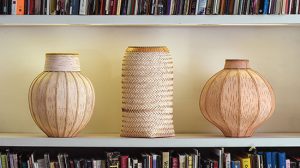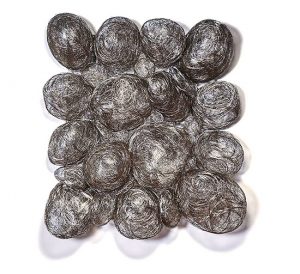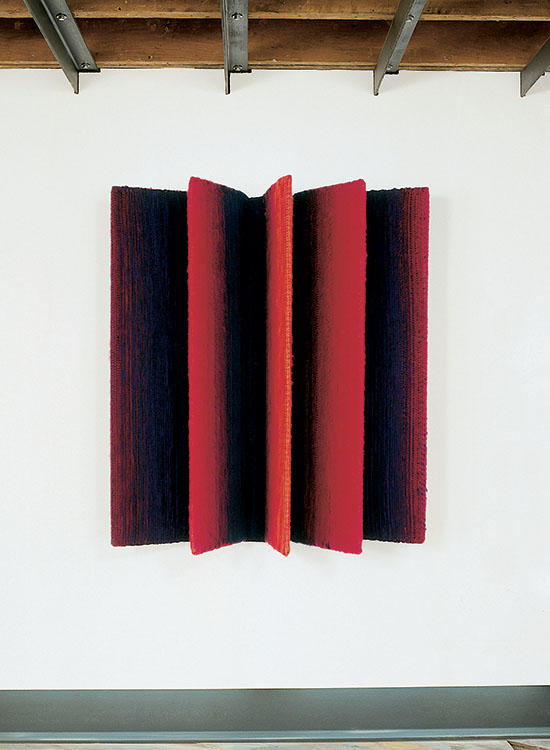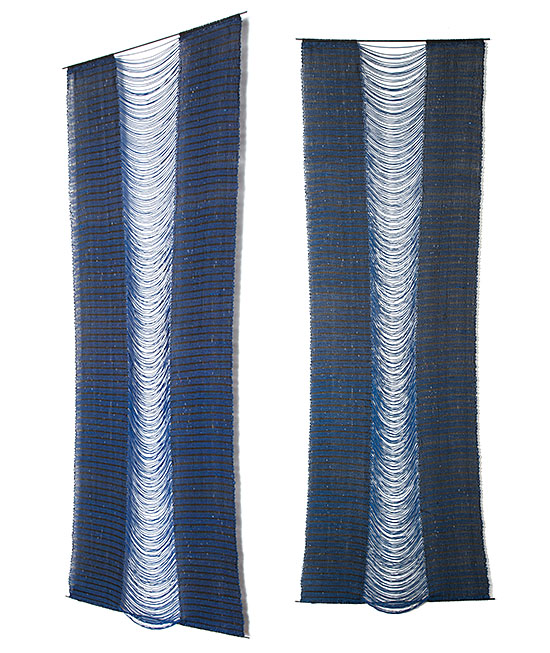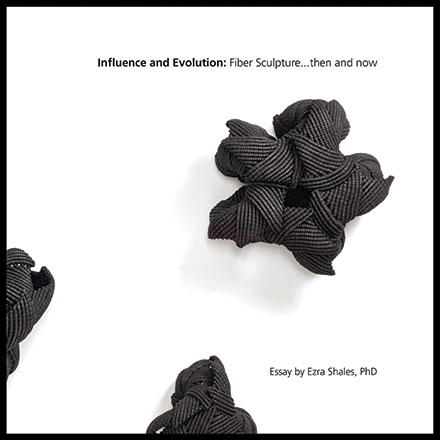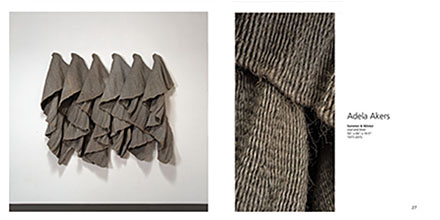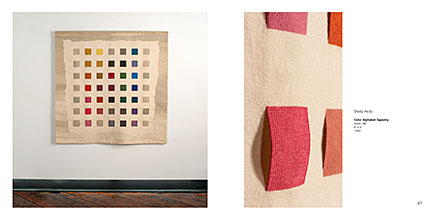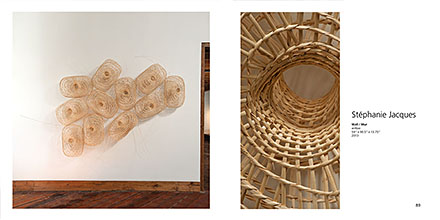The opportunities to see great art are endless this summer! Heading to the West Coast for work? Take a detour and visit the newly opened Nordic Museum to check out Northern Exposure: Contemporary Nordic Arts Revealed in Seattle, Washington. Visiting friends or family in the Northeast? Make plans to spend the day in New Haven and see Text and Textile at The Beinecke Rare Book & Manuscript Library on Yale’s campus. Whether you are in the North, South, East or West there are a wide variety of strong exhibitions on display across the US this summer, here are a few of our favorites:
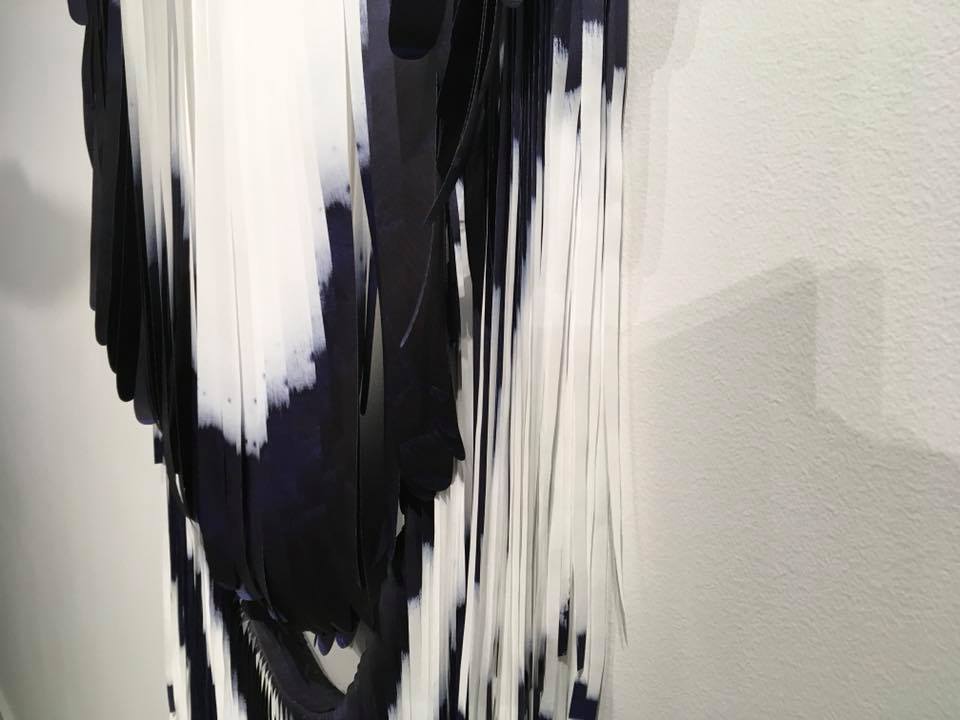
Grethe Wittrock’s Nordic Birds at the Nordic Museum in Seattle, Washington. Photo by Grethe Wittrock
Northern Exposure: Contemporary Nordic Arts Revealed at the Nordic Museum, Seattle, Washington
The newly opened Nordic Museum hopes to share and inspire people of all ages and backgrounds through Nordic art. The museum is the largest in the US to honor the legacy of immigrants from the five Nordic countries: Denmark, Finland, Iceland, Norway and Sweden. Northern Exposure studies “how the Nordic character continues to redefine itself within an evolving global context” by challenging “perceptions of form, gender, identity, nature, technology and the body,” explains the Museum. The exhibition features work by internationally acclaimed artists, including Grethe Wittrock, Olafur Eliasson, Bjarne Melgaard, Jesper Just, Kim Simonsson and Cajsa Von Zeipel. Made of Danish sailcloth, Wittrock’s Nordic Birds immediately attracts the eye upon entering the exhibition. Northern Exposure: Contemporary Nordic Arts Revealed will be on display through September 16, 2018. For more information click HERE.

Traces: Wonder by Lia Cook at the Racine Art Museum, Gift of Karen Johnson Boyd. Photo by Jon Bolton
Honoring Karen Johnson Boyd: Collecting In-Depth at Home and at RAM, Racine Art Museum, Wisconsin
The Racine Art Museum’s new exhibit Honoring Karen Johnson Boyd: Collecting In-Depth at Home and at RAM showcases art advocate and collector Karen Johnson Boyd’s collection of ceramic, clay and fiber art. The exhibition, which is broken up into a series of four individually titled exhibitions, with varying opening and closing dates, highlight Boyd’s interests, accomplishments and lifelong commitment to art. Throughout her life, Boyd was drawn to a diverse array of artistic styles and subjects. Boyd, who collected fiber in an encyclopedic fashion, supported artists of varying ages with varying regional, national and international reputations. Boyd’s Frank Lloyd Wright-designed home provided her with many display options for her fiber collection. Though baskets encompassed the majority of Boyd’s fiber collection, she regularly altered her environment, adding and subtracting works as she added to her collection. The exhibitions feature work from Dorothy Gill Barnes, Lia Cook, Kiyomi Iwata, Ferne Jacobs, John McQueen, Ed Rossbach, Hideho Tanaka, Mary Merkel-Hess, Norma Minkowitz, Lenore Tawney and Katherine Westphal. Honoring Karen Johnson Boyd: Collecting In-Depth at Home and at RAM will be on display at the Racine Art Museum through December 30th, with exhibited pieces changing over in mid-September. For more information on Honoring Karen Johnson Boyd: Collecting In-Depth at Home and at RAM visit the Racine Art Museum’s website HERE.

Text and Textile at The Beinecke Rare Book & Manuscript Library
Text and Textile at The Beinecke Rare Book & Manuscript Library, New Haven, Connecticut
In New Haven, Connecticut, The Beinecke Rare Book & Manuscript Library recently opened Text and Textile. The exhibition, which will be on display through August 12th, explores the relationship and intersection between text and textile in literature and politics.Text and Textile draws on Yale University’s phenomenal collection of literature tied to textiles, from Renaissance embroidered bindings to text from Anni Albers’ On Weaving. Additionally, the exhibition features: Gertrude Stein’s waistcoat; manuscript patterns and loom cards from French Jacquard mills; the first folio edition of William Shakespeare’s plays; the “Souper” paper dress by Andy Warhol; American samplers; Christa Wolf’s “Quilt Memories”; Zelda Fitzgerald’s paper dolls for her daughter; Edith Wharton’s manuscript drafts of “The House of Mirth”; an Incan quipu; poetry by Langston Hughes, Emily Dickinson, Susan Howe and Walt Whitman; and “The Kelmscott Chaucer” by William Morris. For more information on Text and Textile click HERE.
Rooted, Revived, Reinvented: Basketry In America at the Houston Center for Contemporary Craft. Houston, Texas
The traveling exhibition Rooted, Revived, Reinvented: Basketry In America is now on display at the Houston Center for Contemporary Craft in Houston, Texas. The exhibition, which is set to travel around the United States through the end of 2019, chronicles the history of American basketry from its origins in Native American, immigrant and slave communities to its presence within the contemporary fine art world. Curated by Josephine Stealy and Kristin Schwain, the exhibition is divided into five sections: Cultural Origins, New Basketry, Living Traditions, Basket as Vessel and Beyond the Basket which aim to show you the evolution of basketry in America. Today, some contemporary artists seek to maintain and revive traditions practiced for centuries. However, other work to combine age-old techniques with nontraditional materials to generate cultural commentary. Rooted, Revived, Reinvented: Basketry In America features work by browngrotta arts’ artists Polly Adams Sutton, Mary Giles, Nancy Moore Bess, Christine Joy, Nancy Koenigsberg, Dorothy Gill Barnes, Ferne Jacobs, Gyöngy Laky, Kari Lønning, John McQueen, Norma Minkowitz, Leon Niehues, Ed Rossbach, Karyl Sisson and Kay Sekimachi.
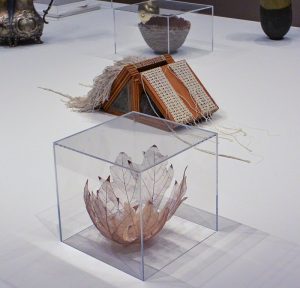
Kay Sekimachi in Handheld at the Aldrich Museum. Photo by Tom Grotta
Handheld at the Aldrich Museum, Ridgefield, Connecticut
The Aldrich Museum’s new exhibition Handheld explores how contemporary artists’ and designers’ perceive the meaning of touch. Touch is one of the most intimate and sometimes unappreciated senses. Today, the feeling our hands are most familiar with are our that of our handheld devices and electronics. Touch is no longer solely used to hold objects such as pencils and tools, in fact, touch is increasingly taking the form of a swipe, where the sensation is ignored in favor to the flat visual landscapes of our own selection. “Handheld takes a multifarious approach—the hand as means of creation, a formal frame of reference” explains the Aldrich Museum. It serves the viewer as “a source of both delight and tension as they experience sensual objects in familiar domestic forms, scaled for touch, that can be looked upon but not felt.” The group exhibition, which features work by Kay Sekimachi will be on display until January 13, 2019. For more information on Handheld click HERE.

